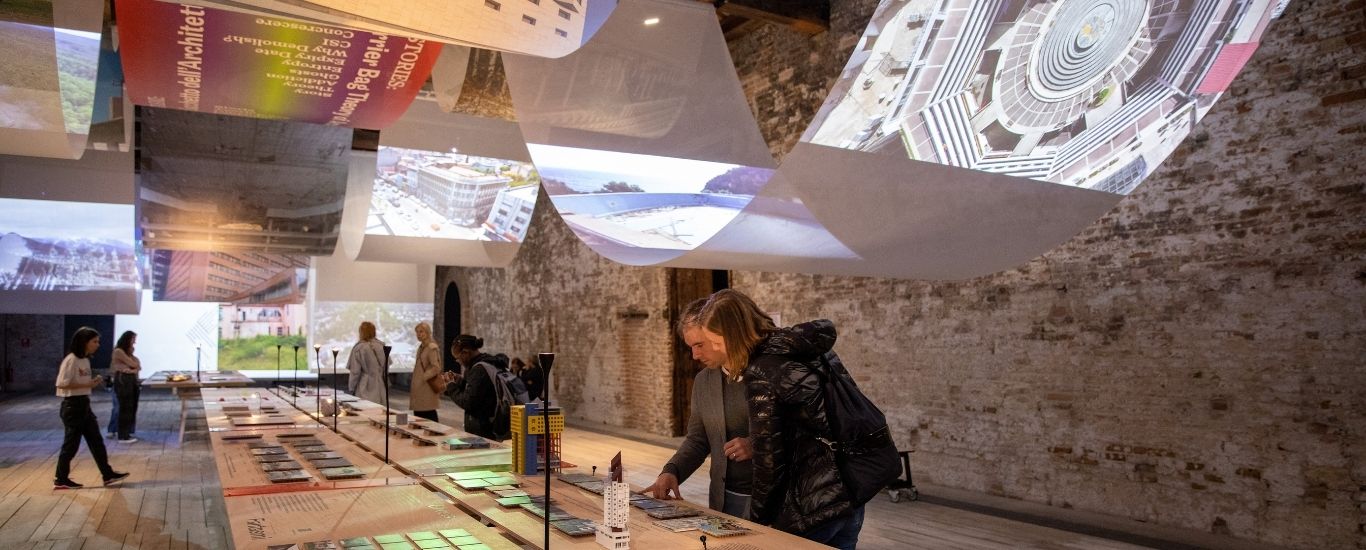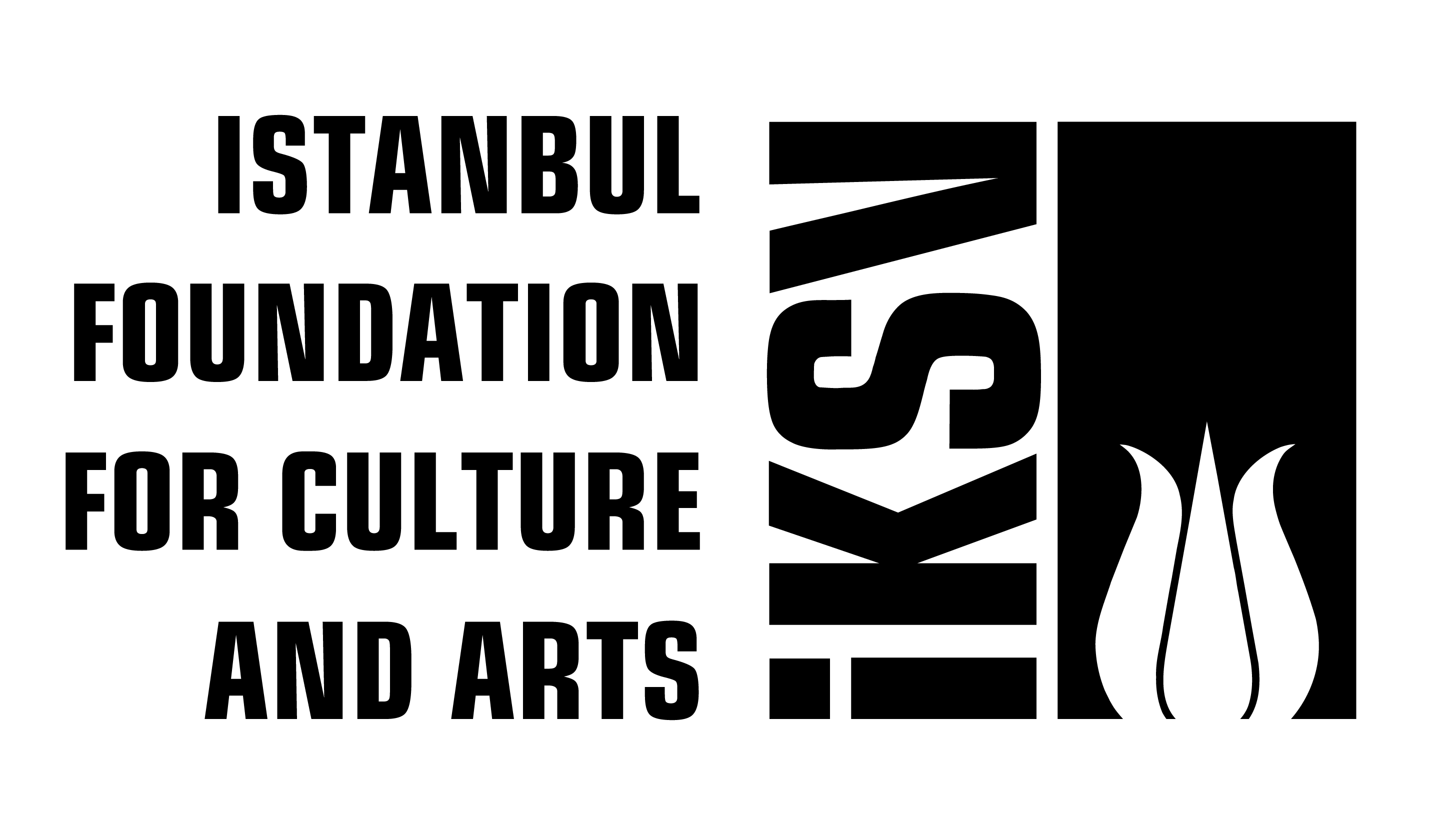 Photo credit: Fatih Yılmaz
Photo credit: Fatih Yılmaz
Following an open call launched in December 2022, the Türkiye Pavilion will present Ghost Stories: The Carrier Bag Theory of Architecture at the 18th International Architecture Exhibition - La Biennale di Venezia documenting a great variety of abandoned buildings spread across the country, showing how, with the benefit of emerging technologies, such as AI and machine learning, they can be brought back to life at a crucial time for Türkiye, which recently suffered from major earthquakes and economic crisis.
Commenting on the relevance of the subject, the curators of the exhibition Sevince Bayrak and Oral Göktaş -founders of SO? Architecture and Ideas- said: “The exhibition draws strength from the radical changes the world of architecture has undergone in the last two decades and suggests listening to and understanding the stories of abandoned buildings, rather than focusing on more heroic, successful examples. Since construction in Türkiye is triggered by economic growth rather than spatial needs, we have a huge variety of unused buildings, from hospitals to airports. As we were preparing this project, two earthquakes, with magnitudes of 7.7 and 7.6, struck south-eastern Türkiye, causing massive damage. In a country with an enormous building stock that has to be reinforced to resist earthquakes – since it is not possible to rebuild them all – we need to find ways to transform the existing and introduce novel tools and methods to nurture our collective dreams and discussions.”
The empty buildings range from partially or completely empty skyscrapers, luxury apartments, hotels, schools, hospitals, restaurants, and recreational facilities. Using AI as a tool, trained in their architectural vocabulary, Bayrak and Göktaş have realised new hopeful visions for each of the uninhabited buildings, showing how people can repopulate and repurpose these spaces for the benefit of the community.
The title of the exhibition is inspired by the visionary science fiction author Ursula K. Le Guin, whose book, The Carrier Bag Theory of Fiction, retells the story of human origin, disputing the idea that the spear was the earliest human tool, and instead tells the story of the carrier bag, the empty vessel that early humans could carry more than can be held in the hand based on Elizabeth Fisher’s carrier bag theory of evolution. The curators also wrote a book based on their manifesto for The Carrier Bag Theory of Architecture, co-published by İKSV and Listlab, which will be available at the opening of the Türkiye Pavilion in Venice.
The exhibition consists of two sections, The Cloud and The Workbench. The Cloud displays the examples of unused buildings from Türkiye while the Workbench consists of fifteen tables that corresponds the fifteen articles of the manifesto: Story, Theory, Addiction, Ghosts, Entropy, Expiry Date, Why Demolish?, CSI, Concrescere, Repair Shop, Venice Charter – Revisited, Learning From, Test Drive, Transformers, The Pool.
Sevince Bayrak and Oral Göktaş
Sevince Bayrak and Oral Göktaş founded SO? Architecture and Ideas in 2007 after receiving their bachelor’s degrees in architecture in 2005 from Istanbul Technical University. In 2013, they won the Young Architects Program awarded by MoMA PS1, creating Sky Spotting Stop for Istanbul Museum of Modern Art, which was exhibited in MoMA and MAXXI. In 2015, they won a design competition at the Royal Academy of Arts to realise their project Unexpected Hill, an installation of tessellating ceramic blocks installed at the entrance to the the academy’s Grade-II listed Burlington Gardens building in London. Shortly after, their installation about public space in Istanbul, Lost Barrier, was exhibited at MAXXI in Rome. The installation, Sky Garden, was on display during the architecture festival Days of Architecture Sarajevo in 2018, while their project Cabin on the Border was exhibited in Bucharest Triennale East Centric Architecture in 2019. Their interdisciplinary projects on post-earthquake housing, Hope on Water and Fold & Float have been exhibited in the 4th Istanbul Design Biennial, Z33, Luma Arles, Royal Academy of Arts, MAXXI, and Danish Design Museum. Both Lost Barrier and Fold & Float were acquired by MAXXI for their permanent collection.
Their work has been published internationally, won numerous awards and was nominated for the Mies and Aga Khan Awards. They were among the finalists of the Architectural Review Emerging Architecture Award 2019. SO? ranked 570th in Baunetz’s 2019–2020 World Architecture Offices ranking and became the only architecture office from Türkiye in the top 1,000.
Their recent work includes the transformation of a public cultural centre in Istanbul, a modular chicken coop, a cabin in rural Türkiye, an interdisciplinary research project on post-disaster emergency housing and the transformation of a swimming pool and a hangar as activity halls. Sevince recently published her book, Bir Meydan Öyküsü: Beyazıt (A Story of a Square: Beyazıt), adapted from her PhD dissertation about the evolution of public space in Istanbul. She is currently Assistant Professor at MEF University. Oral has been running a graduate design studio, titled Alternative Architectural Practices at MEF University since 2019. Sevince was one of the architects presented in the Good News, Women in Architecture exhibition in MAXXI, 2021. She writes articles about current architectural issues for popular magazines.
The Türkiye Pavilion at the Biennale Architettura 2023
Ghost Stories: The Carrier Bag Theory of Architecture
Curated by Sevince Bayrak and Oral Göktaş.
Project team: Aysima Akın, Kevser Reyyan Doğan, Merve Akdoğan
Research team: Doğu Tonkur and Taylan Tosun
Research assistants: Berke Şevketoğlu, Hatice Bahar Çoklar, Duygu Saygı
Exhibition design: SO? Architecture and Ideas
Graphic design: Esen Karol
Web developer: Özhan Binici
The Türkiye Pavilion exhibition is coordinated by the Istanbul Foundation for Culture and Arts (İKSV) with the contribution of the Ministry of Culture and Tourism and under the auspices of the Ministry of Foreign Affairs of the Republic of Türkiye, and co-sponsored by Schüco Türkiye and VitrA, with the airline partnership of Turkish Airlines. The Türkiye Pavilion has taken part in the International Architecture Exhibition since 2014, thanks to the acquisition of the permanent venue at Sale d’Armi, Arsenale on the initiation of İKSV and with the support of 21 sponsors.
